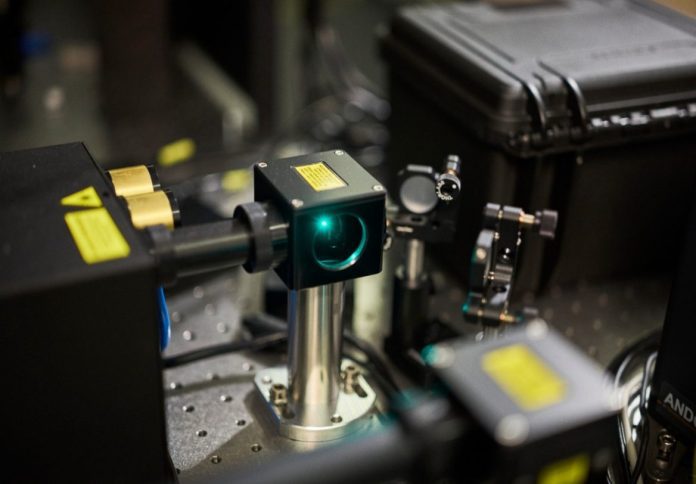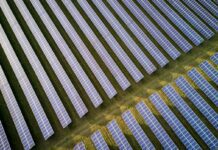
UNSW Sydney researchers have demonstrated a new approach that could boost the efficiency of solar panels by making sunlight work harder – splitting one photon of light into two packets of usable energy.
The research, conducted by the UNSW team known as ‘Omega Silicon’, focuses on a process called singlet fission. This process allows a single photon to generate two excitations, potentially doubling the electrical output from solar energy, UNSW revealed in a news release.
In a recent study, the researchers showed how this effect can occur in an organic compound called dipyrrolonaphthyridinedione (DPND), which remains stable under real-world conditions. Previous attempts with other materials, such as tetracene, had reportedly achieved similar energy conversion effects but degraded too quickly in air and moisture to be commercially viable.
“A lot of the energy from light in a solar cell is wasted as heat – which itself is also a form of energy,” said Dr Ben Carwithen, a postdoctoral researcher at UNSW’s School of Chemistry. “We’re finding ways to take that wasted energy and turn it into more electricity instead.”
UNSW noted most commercial solar panels use silicon, which currently converts up to about 27 per cent of sunlight into electricity, with a theoretical maximum efficiency of 29.4 per cent. The addition of a singlet fission layer could raise this ceiling substantially.
“Introducing singlet fission into a silicon solar panel will increase its efficiency,” said Professor Ned Ekins-Daukes, head of UNSW’s School of Photovoltaic & Renewable Energy Engineering and project lead. “It enables a molecular layer to supply additional current to the panel.”
Dr Carwithen added that the UNSW team’s findings demonstrate the potential for practical integration. “We’ve shown that you can interface silicon with this stable material, which undergoes singlet fission, and then injects extra electrical charge,” he said. “It’s still an early step, but it’s the first demonstration that this can actually work in a realistic system.”
According to UNSW, the discovery builds on more than a decade of fundamental research led by Professor Tim Schmidt, head of UNSW’s School of Chemistry. His team previously used magnetic fields to reveal key details of how singlet fission occurs at a molecular level.
“Our previous study addressed the route of this process,” Prof. Schmidt said. “We used magnetic fields to manipulate the emitted light and reveal how singlet fission occurs. This hadn’t been done before.”
Associate Professor Murad Tayebjee, a supervising author on the study, described the research as a significant step forward. “It is the first demonstration of singlet fission on silicon using a relatively stable organic molecule based on industrial pigments,” he said.
UNSW stated industrial pigments, such as those used in automotive paints, are known for their durability, making them suitable candidates for solar applications.
The technology involves adding an ultra-thin organic layer to the top of a conventional silicon cell. “In principle, it’s just painting an extra layer on top of the existing architecture,” Dr Carwithen said. “We need to find a way of making it work, but there’s no reason why it can’t.”
Theoretically, the research found that solar panels incorporating singlet fission could reach efficiencies of around 45 per cent, although even a smaller gain could be transformative. “Pushing towards 30 per cent would already be fantastic,” Dr Carwithen said. “But there’s a higher ceiling we can hopefully reach.”
The project is supported by the Australian Renewable Energy Agency (ARENA) under its Ultra Low Cost Solar program, which aims to deliver panels capable of more than 30 per cent efficiency at less than 30 cents per watt by 2030.


















